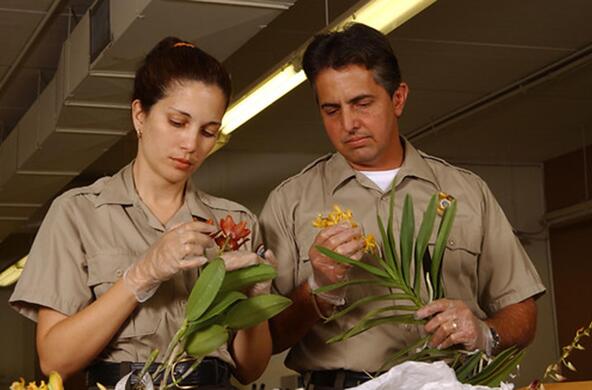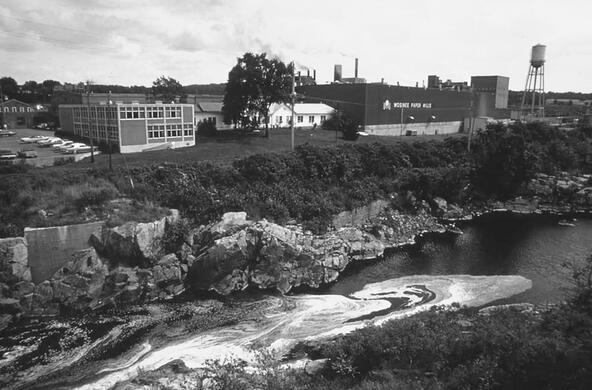A story circulating this month about the eradication of a population of the Chinese pond mussel (Sinanodonta woodiana) has been offered as an example of a success story in invasive species management. But when I read this story, I was left feeling that I had learned more about the failures of contemporary non-native species management than its successes.
Here’s the basic story. In 2007, the New Jersey Conservation Foundation bought some property that included several ponds. Three years later, they found that the ponds contained Chinese pond mussels (Sinanodonta woodiana), a species that has been spreading around the world via aquaculture, escaping from captivity, and causing ecological problems. In the fall of 2019, the mussels were killed by lowering the water level in the ponds and poisoning them with copper.
I was happy to hear that this mussel population was removed, apparently before it spread. In that sense, this is a success story. But the larger story here is about the multiple management failures that led to the need for the eradication of 2019.
Let’s catalog these failures. First, according to the news story, the mussels were found in 2010, but not removed until 2019. A nine-year lag may count as a rapid response in the bureaucratic world, but not in the biological world, where nine years can easily allow a non-native species to reproduce and spread beyond the point of feasible control. It is a triumph of good luck rather than good management that the ponds weren’t breached in a large storm or mussels weren’t carried out of the ponds and planted in a nearby lake by a curious nature-lover during those nine long years. Unfortunately, delays like this are common in jurisdictions across the US, which lack both the legal authority and logistical means to carry out rapid responses on a time-scale that matters to biology rather than bureaucracy.
Second, the “early detection” of this mussel was a result of a random sighting rather than any organized surveillance. We don’t actually know how long the mussels were living in the ponds before someone noticed them because no one was looking. It is widely appreciated that early detection and rapid response is more effective than trying to control a non-native species only after it has spread widely and caused problems. However, we still have few organized programs to detect non-native species before they spread widely. “Hoping that somebody notices” is not an early detection system to be proud of, but it is still the system that we largely rely on.
Third, the mussels came to the US as parasitic larvae attached to their host fish, the bighead carp (Hypophthalmichys nobilis). Yes, this is the same Asian carp that has spread through the Mississippi River basin, displaced native fishes and inspired those jumping carp videos. We’re now spending hundreds of millions of dollars to keep this fish out of the Great Lakes. How is it possible that someone in New Jersey was able to import such a harmful species? The answer is that we still don’t have either the legal controls, inspection, or enforcement in the US to keep damaging non-native species from being imported through pathways like the pet, aquaculture, and horticulture trades.
Fourth, as icing on this SNAFU cake, the existence of the mussels tells us that the carp brought to New Jersey were not clean, but infested by parasites when they were transported to the US. In fact, this story makes me wonder whether those carp were carrying any other fish diseases or parasites that might even now be working their way across New Jersey. Despite the long, sad list of non-native pathogens, from chestnut blight to the fungus that causes sudden oak death, that have arrived and caused problems in the US, we still don’t have adequate inspections to verify the hygiene of plants and animals imported into the US.
So, yes, we should applaud the NJCF, USFWS, and their partners for eradicating the Chinese pond mussel from New Jersey, and we should learn from this example. But the lesson we need to learn is not how to successfully manage non-native species, but rather how unsuccessfully we are managing them, and how we must do better.






